When learning a foreign language, one of the keys to becoming fluent is to speak it every day. In a way, math is its own language, and it’s not news that many students don’t retain their math skills during the summer hiatus from school. Keeping up with math skills over the summer can make the fall transition back to school much easier. At the same time, we want our kids and students to feel like they are truly enjoying a break from academics over the summer and not feel overwhelmed with assignments. As a balanced solution, we recommend summer “math snacks”, family games, and math content-related books as a good way to support conceptual retention during these upcoming off months.
What is a math snack?
A math snack is a quick problem that can be completed in a short amount of time. It’s never a long, boring worksheet of repeated practice, but rather a quick check-in of a previously learned concept. The idea is to retain the skills that were learned in the prior academic year in an attempt to not have to fully relearn them come fall. For example, the process of long division is a common concept that students forget from year to year. A math snack might be one long division problem, a single word problem, or a fraction riddle.
Tying math snacks to a routine
The hardest part of keeping up with summer math practice is not so much compliance, but remembering to do it! We recommend tying the math snack to a particular time of day so that it fits in seamlessly with your kid’s routine. For example, get into the habit of running through one times table on the walk to camp or completing a math problem every morning at breakfast. If it’s built into the routine, you’ll never forget to do it.
I don’t have time to come up with these snacks. Where can I find them?
Many elementary students will bring home a summer learning packet or workbook. This is a good place to start. If your child was not sent home with any plans for summer learning, try some of the following free resources:
What games do you recommend?
A game should be fun and not feel like a homework assignment. These games are tried and true in our families and classrooms.
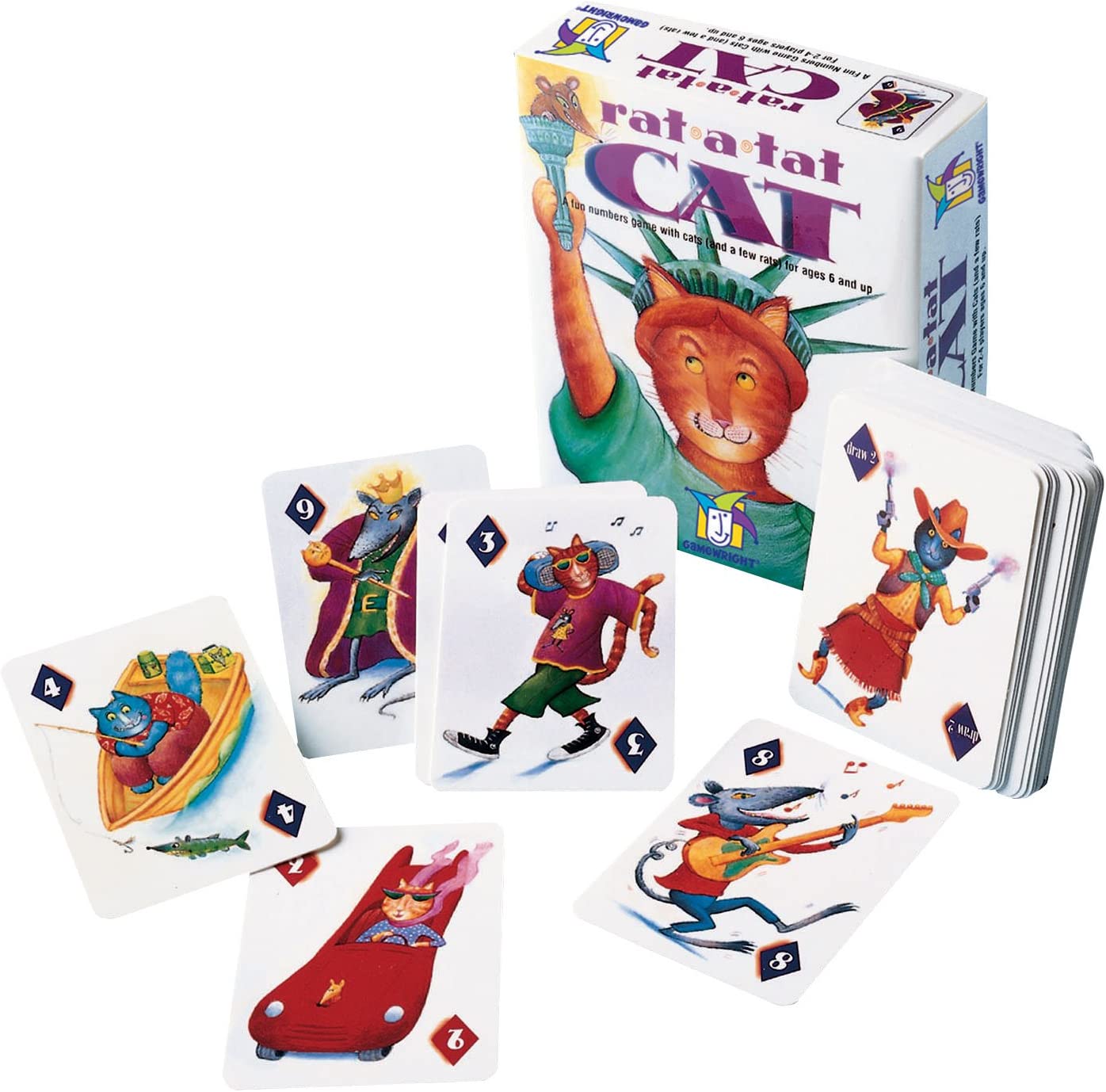
Rat a tat Cat
Rat a tat Cat is a fun game where each player tries to cobble together the lowest hand. Rat a tat Cat is appropriate for Kindergarten and up and helps to develop memory, strategy, and beginning addition.
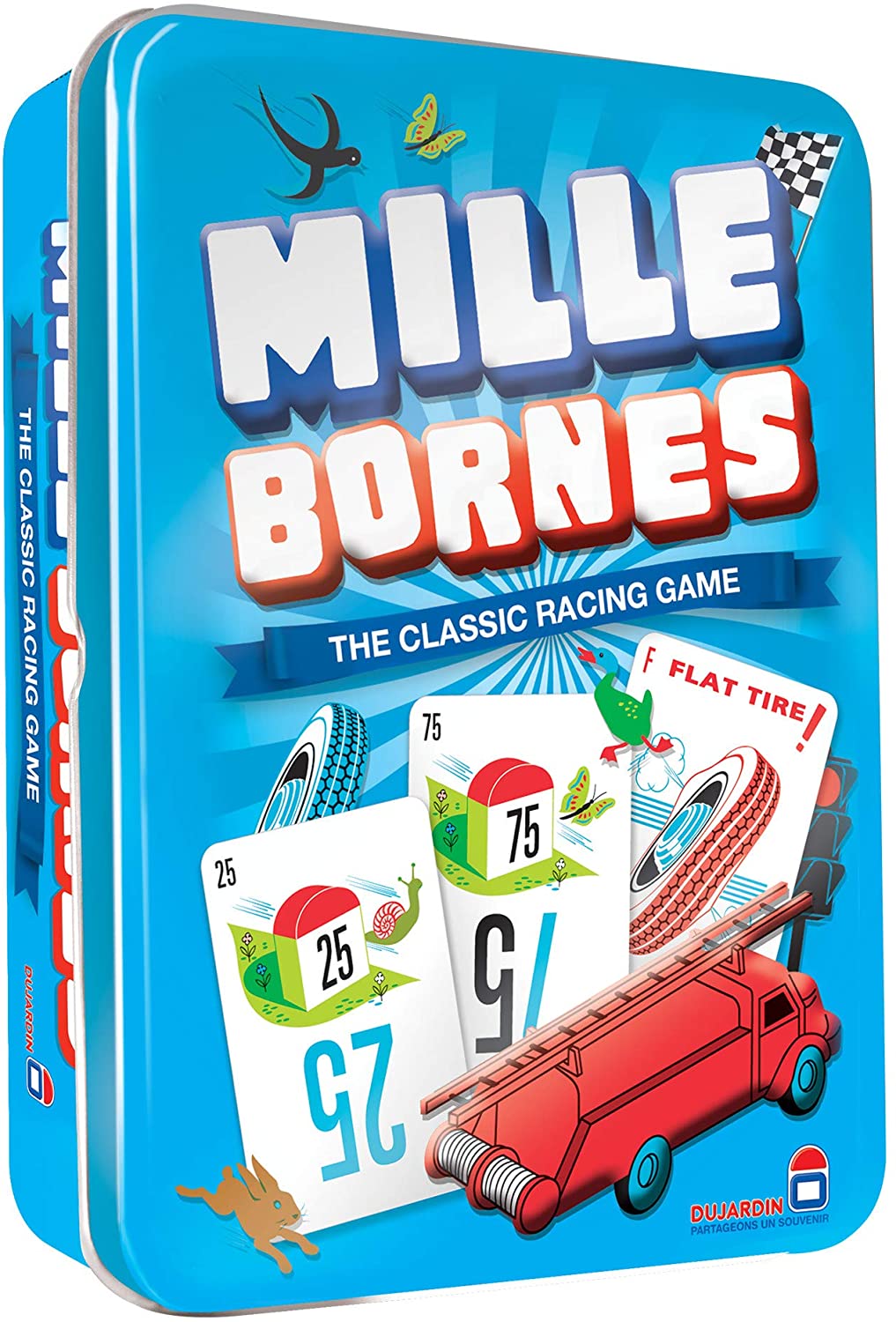
Mille Bornes
Mille Bornes is a fast-paced game that is appropriate for ages 7 and up. This game involves mental addition and subtraction of multiples of 10 up to 1000 as players race to the finish while trying to avoid pitfalls along the way.
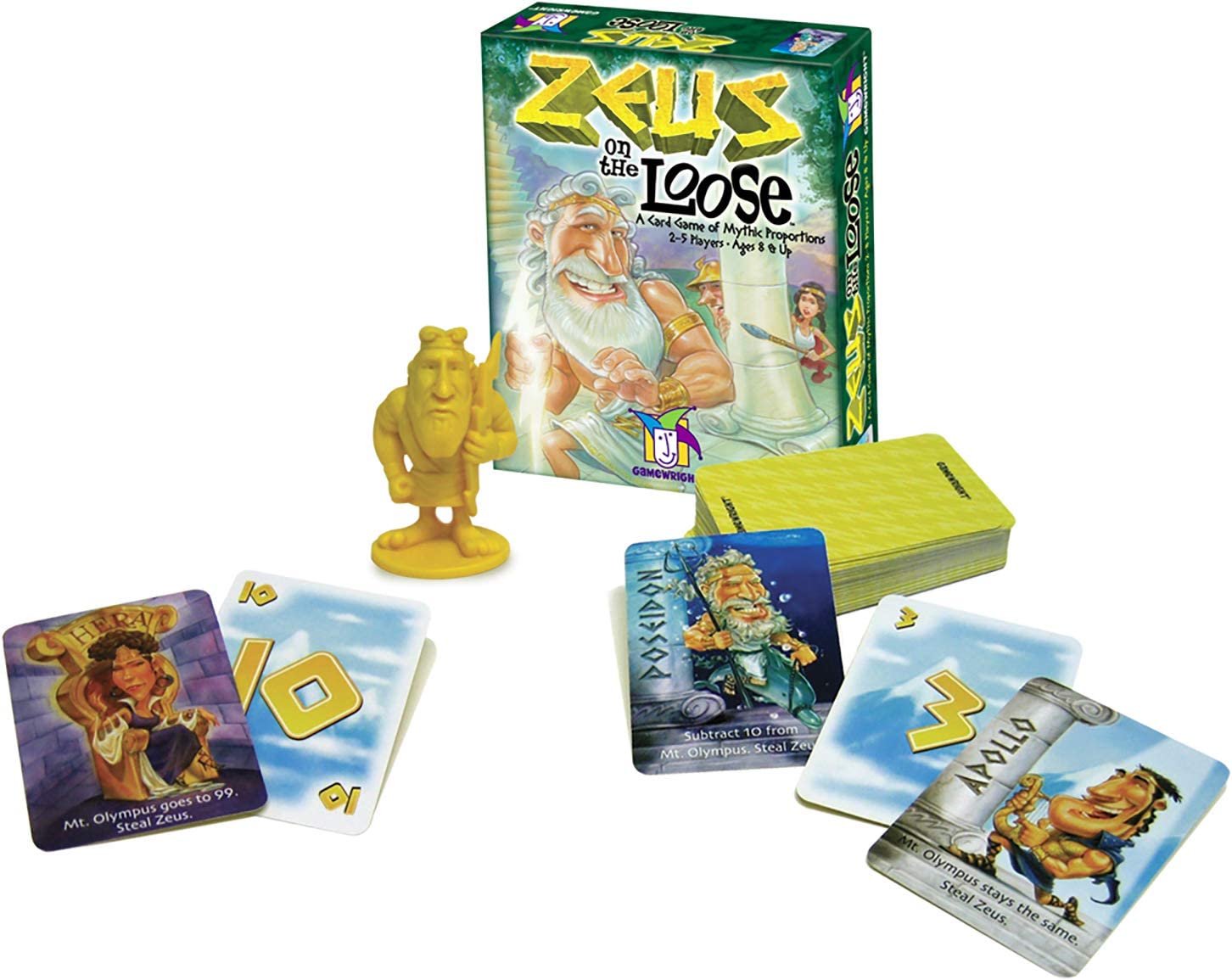
Zeus on the Loose
Zeus on the Loose is a new addition to the family rotation and it’s best suited for ages 8 and up. Students practice keeping score in their head while they mentally add and subtract from the total depending on the rules of the cards they draw.
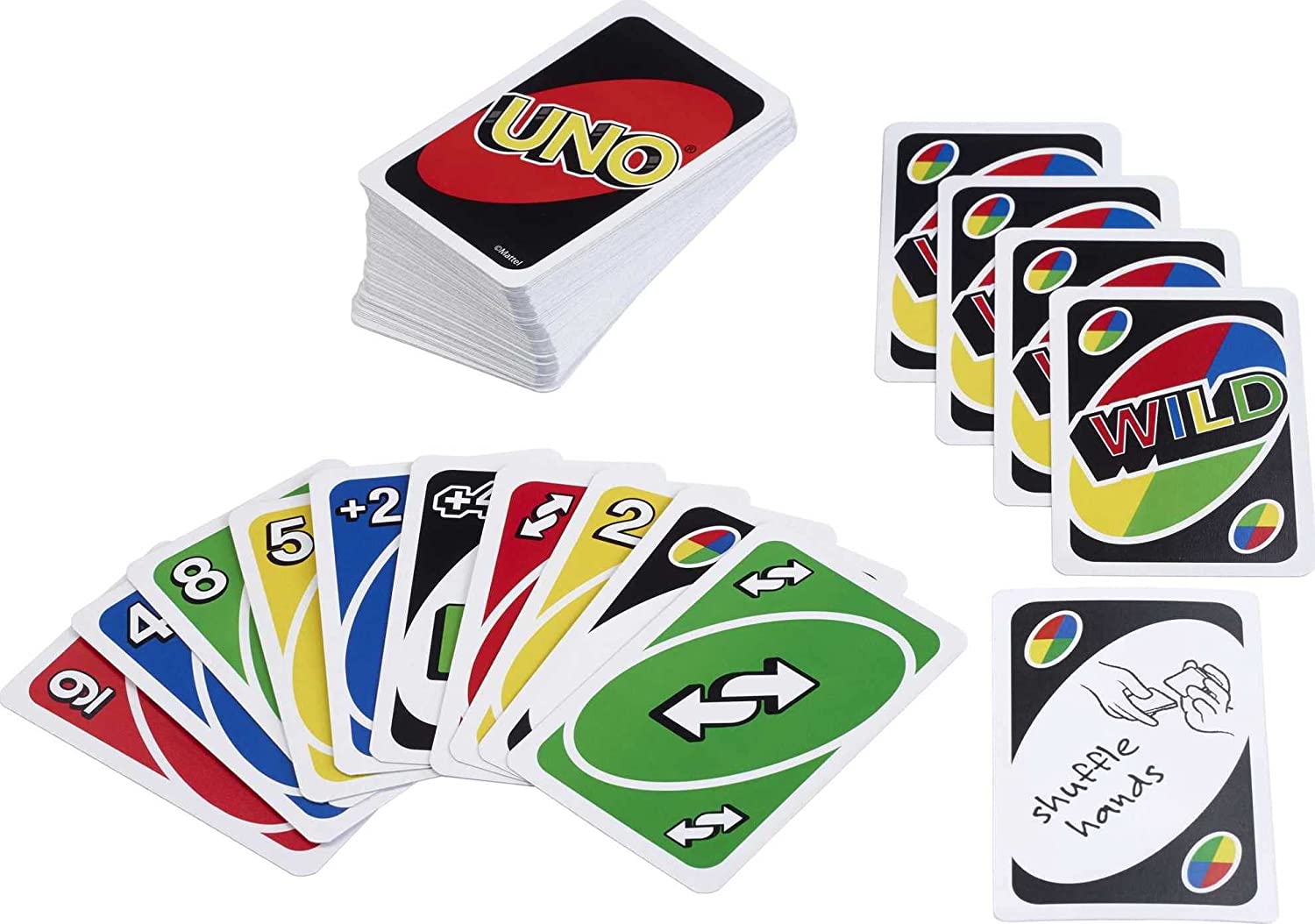
Uno
Uno is a great, versatile game that can be played with Kindergarten-age kids and up. With the youngest learners, an Uno deck can be used to compare numbers and recognize greater vs. smaller numbers (the player who has the greater number is the “winner” of the round and gets to keep everyone’s cards). First and second-grade students can each flip 2 cards and add or subtract them (largest sum or difference wins the round). Older students can play by multiplying or dividing their 2 cards, or even by creating and comparing fractions. The winner is the player with the most cards at the end.
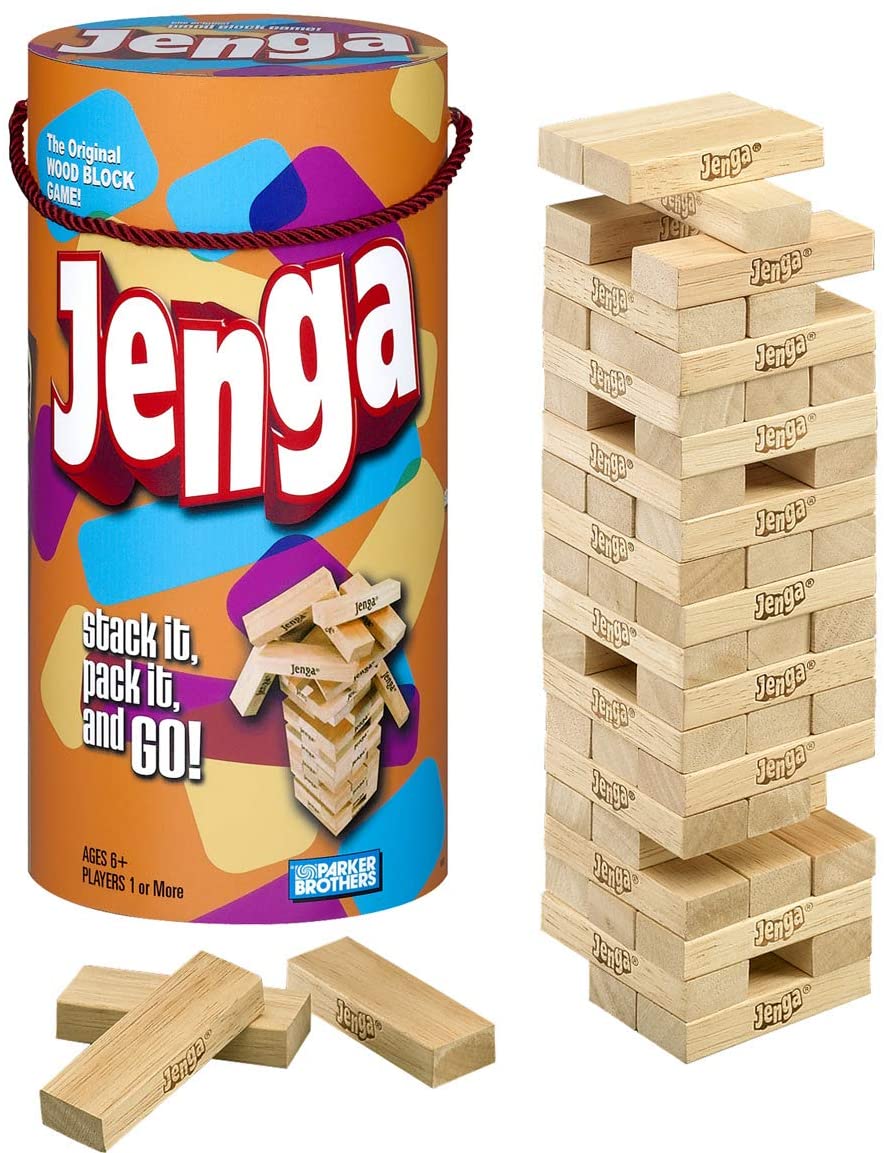
Jenga
Jenga is another classic that can be easily used with ages 5 and up. To take a turn, each player has to first answer a math question. This game is also great for multiple kids of different ages as players can ask each other any math question.
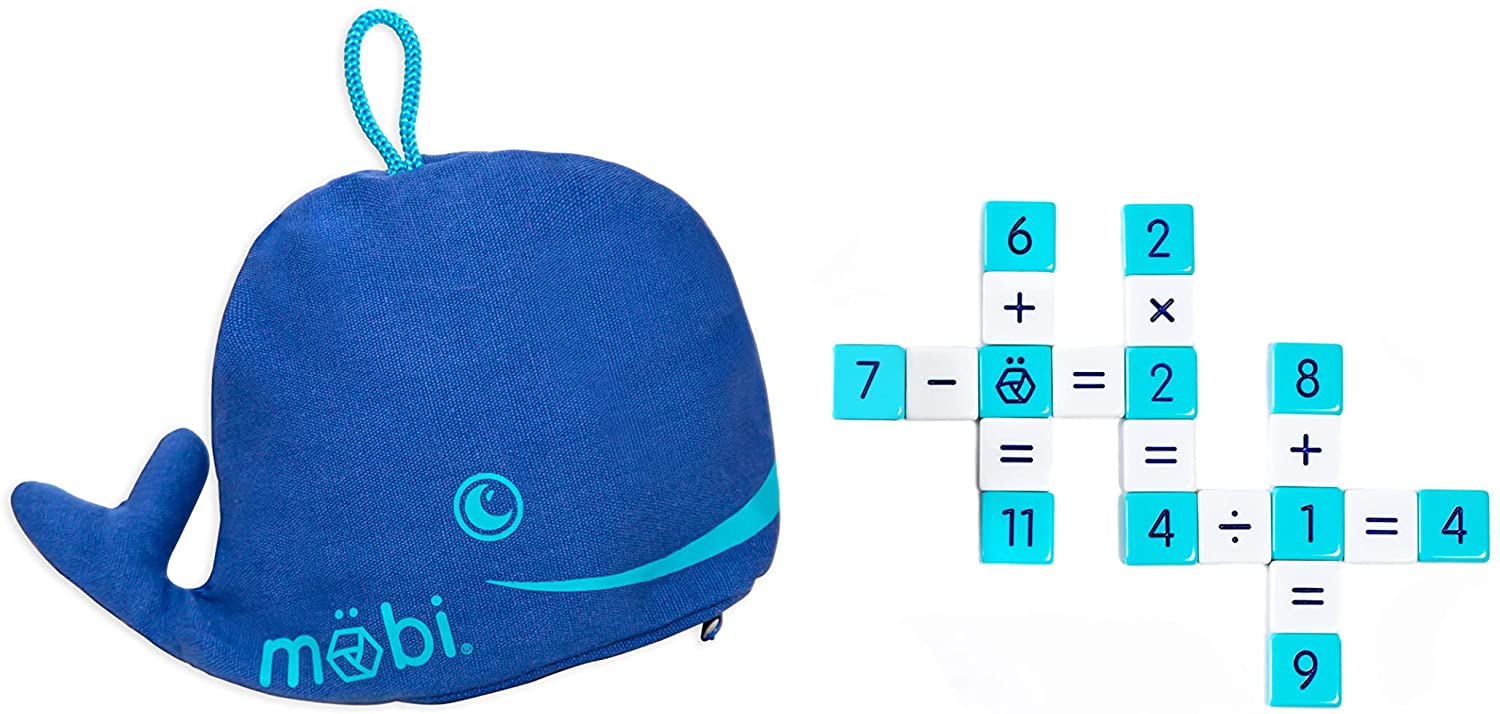
Mobi
Mobi is a cooperative math crossword game that can be played with ages 6 and up. Mobi includes operation tiles so players can create overlapping equations in order to use all their tiles. This game is also great for multiple ages to play together.
Don’t forget about reading!
Reading about math is another great way to build and enhance your child’s number sense and conceptual understanding of math procedures. Reading at bedtime is often already a family routine, and changing up the subject is an easy, painless way to sneak in a little extra math practice. Reading books about numbers and shapes to babies and very young children comes naturally, but somewhere along the way we forget that we can use books this way.
In fact, books are one of our favorite ways to introduce and reinforce math concepts in the classroom. While “math books” may sound utilitarian and boring, there are many, many math books that teach and explore all kinds of math concepts in fun and entertaining ways. The goal is not to make reading a chore, but to have it pull double-duty. Here are some titles to get you started:
Numbers and Counting:
100 Hungry Ants
Addition:
The 512 Ants on Sullivan Street
Math-terpieces: The Art of Problem-Solving
Subtraction:
Panda Math
Five Little Monkeys Jumping on the Bed
Pete the Cat and His Four Groovy Buttons
Multiplication:
Amanda Bean’s Amazing Dream
Series and Authors:
MathStarts series (preschool and up)
Sir Cumference series (grade 4 and up)
Greg Tang’s books
More math books – teacher-created list
We wish you all a happy summer! See you in the fall!


